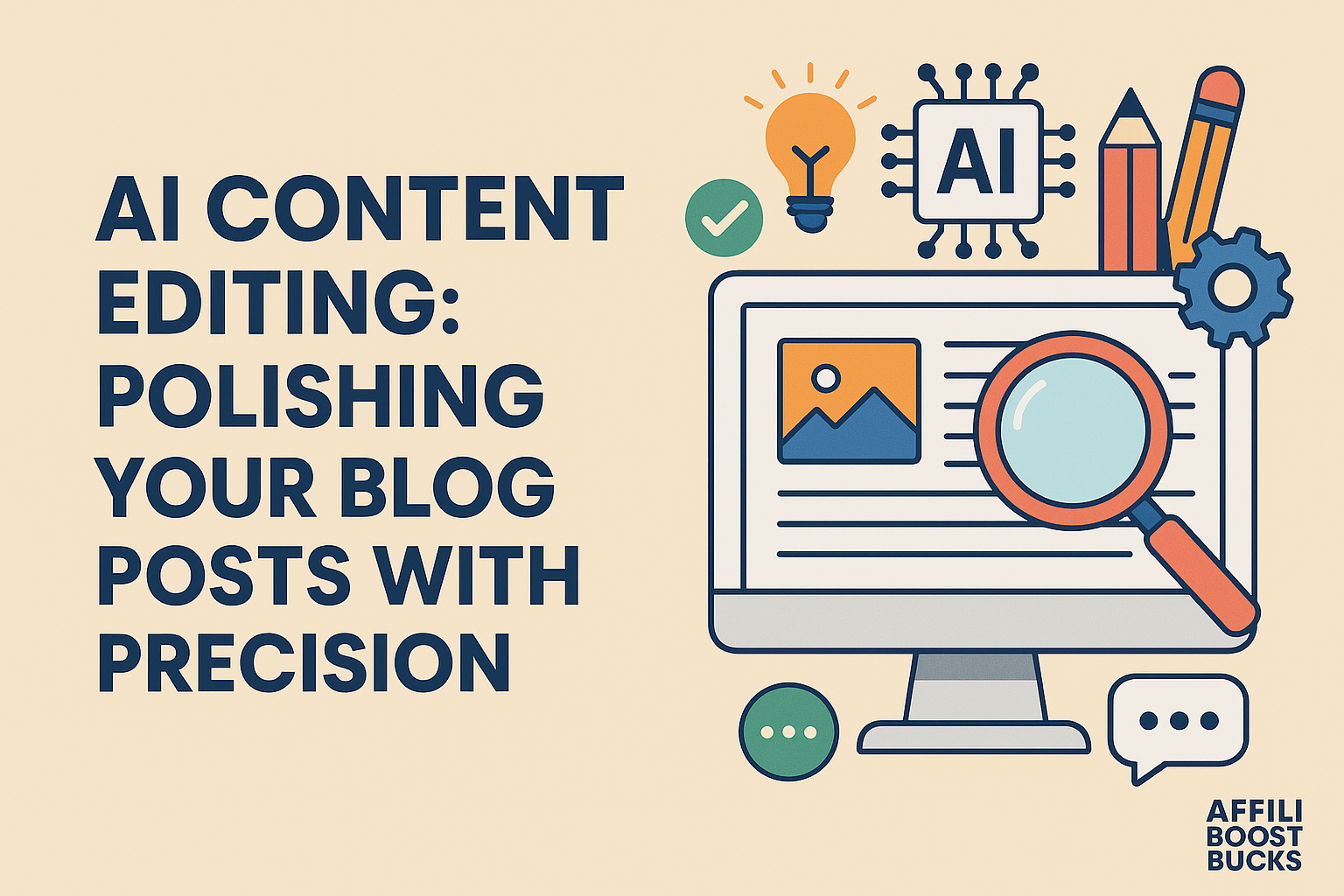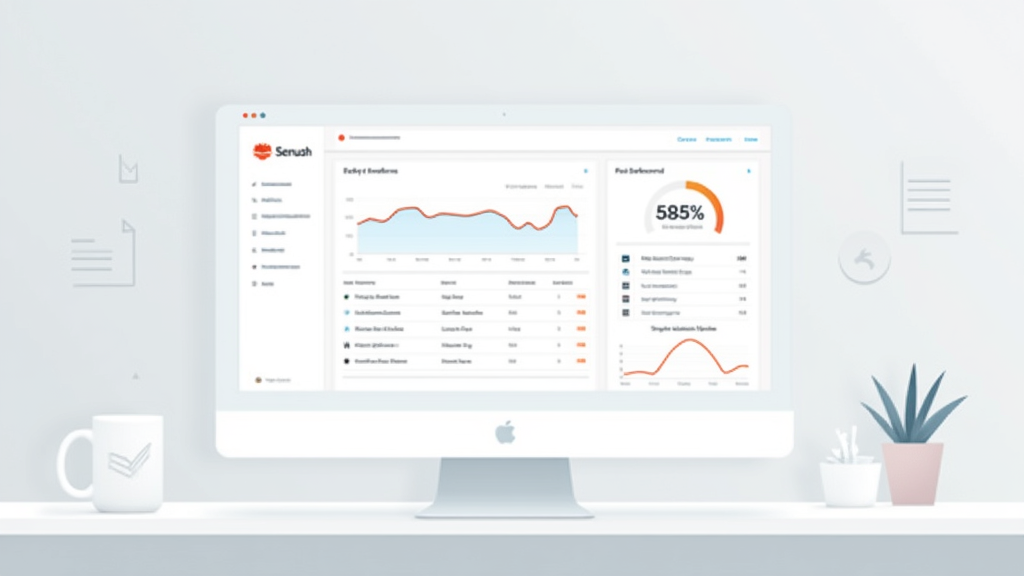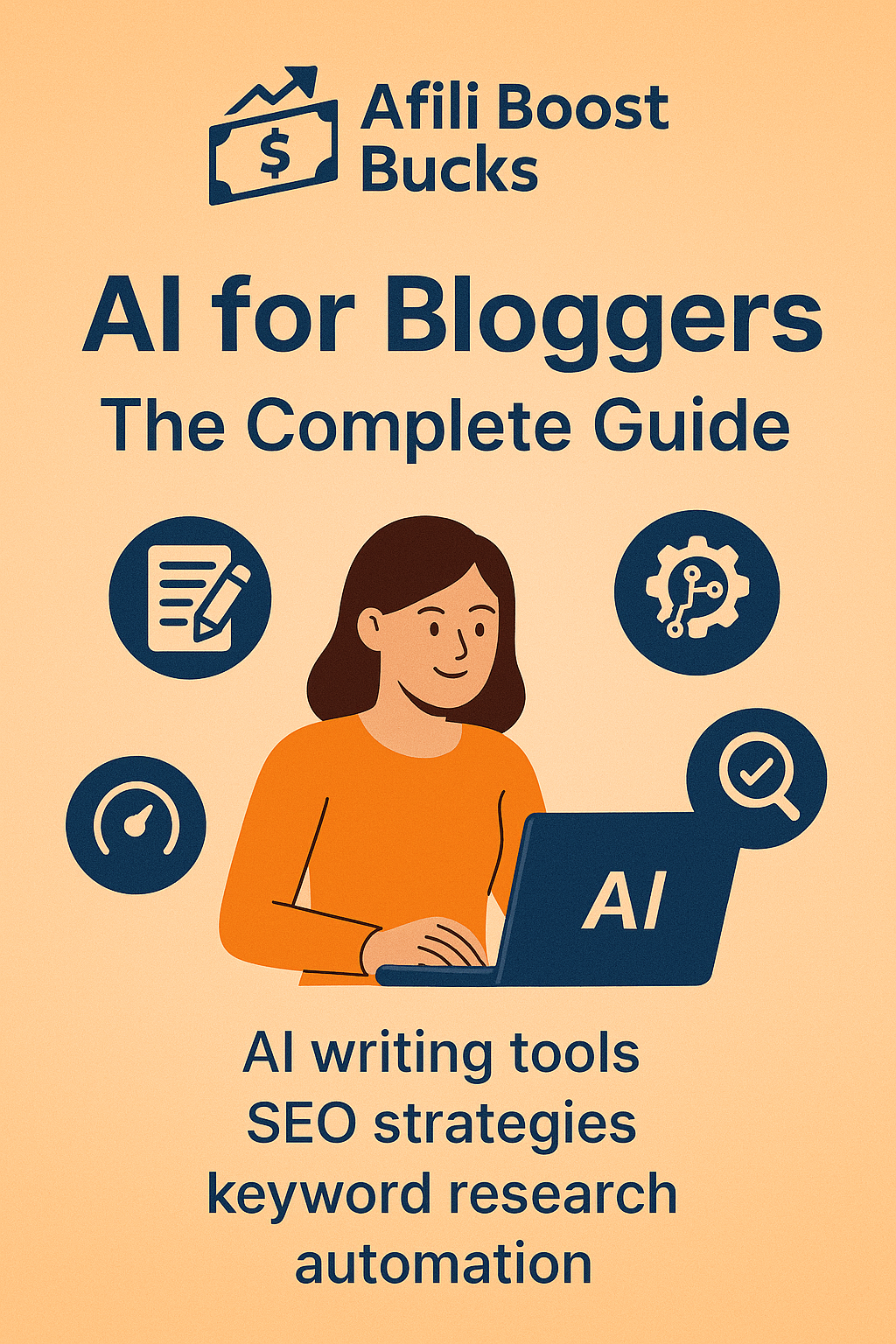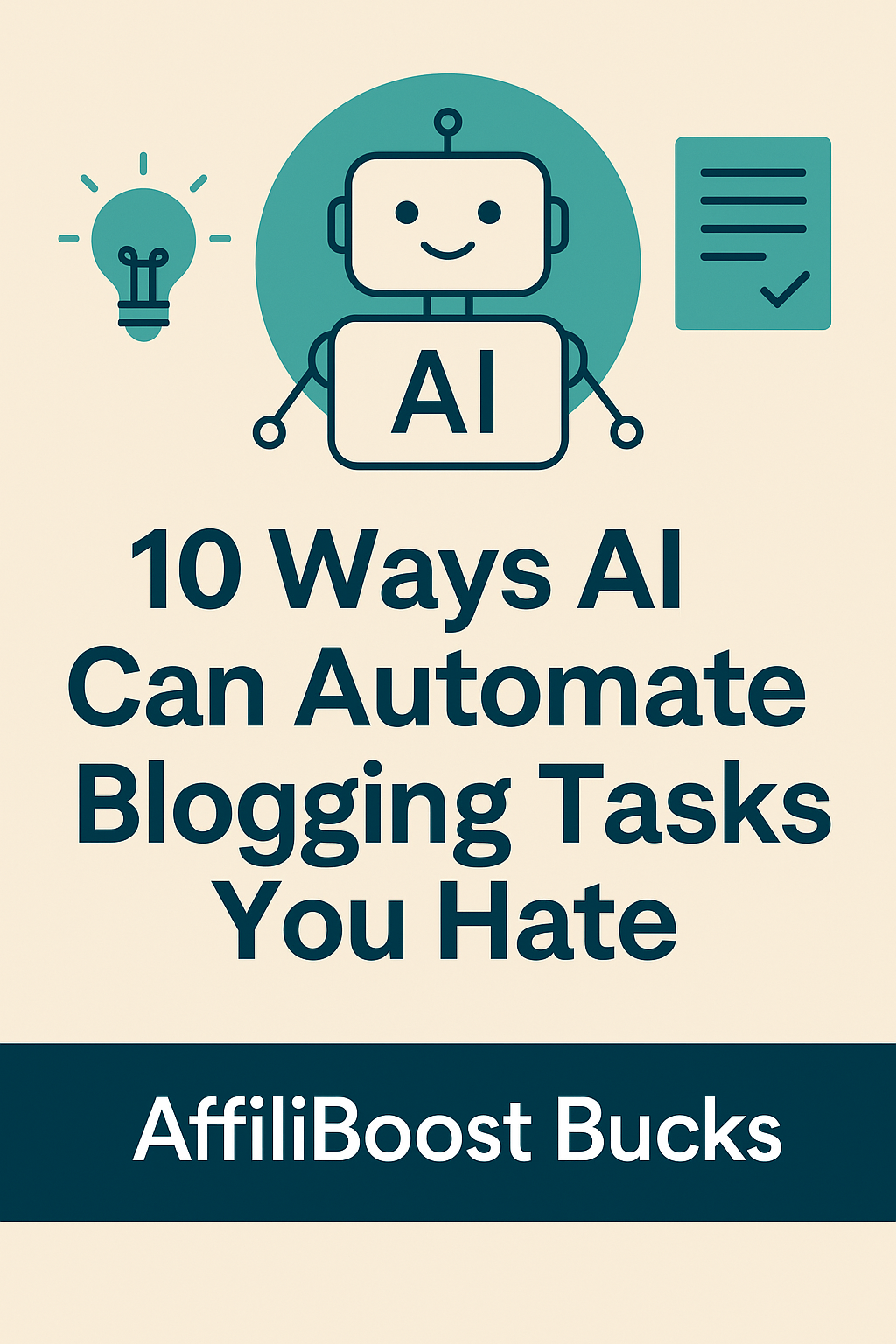Blogging is no longer just about hitting “publish” after writing a few paragraphs. In today’s competitive digital landscape, readers expect clarity, engagement, and polish in every post they encounter. That’s where AI content editing comes in. By harnessing artificial intelligence, bloggers can refine their writing, improve readability, and ensure their message lands with precision.
If you’ve already explored how AI can streamline your blogging workflow—like in 10 Ways AI Can Automate Blogging Tasks You Hate—then you know AI isn’t just about drafting. It’s equally powerful when it comes to editing and perfecting content before it reaches your audience.
Why Editing is the Unsung Hero of Blogging
While writing sparks creativity, editing shapes the final product. Many bloggers skip over editing or give it a quick skim. But here’s the truth: a well-edited blog post builds authority, improves SEO, and keeps readers engaged from start to finish.
Editing goes beyond fixing typos. It involves:
- Streamlining ideas so your content flows naturally.
- Polishing sentence structure for readability.
- Checking keyword placement for SEO without stuffing.
- Ensuring tone consistency that matches your brand.
With AI, these tasks can be done faster and more thoroughly, giving bloggers more time to focus on content creation.
How AI Enhances the Editing Process
Traditional editing requires sharp eyes and endless rereads. AI-powered editing tools, however, can instantly flag areas of improvement. For example, platforms like Grammarly or RightBlogger not only correct grammar but also recommend rephrasing sentences for clarity.
In fact, as explored in SEO Meets AI: How to Rank Higher with AI Blogging Tools, some AI tools go beyond mechanics. They analyze readability scores, suggest keyword variations, and even optimize headings to improve search rankings.
AI helps bloggers:
- Spot weak transitions between ideas.
- Shorten overly complex sentences.
- Replace filler words with stronger alternatives.
- Suggest synonyms for repetitive phrases.
Grammar and Spelling Checks Made Smarter
Let’s start with the basics: grammar and spelling. While most of us rely on spell check, AI offers far more advanced insights. Instead of simply flagging misspelled words, it explains why a phrase might be awkward and provides suggestions tailored to context.
For example, instead of “The blog post are well-written,” AI can instantly correct it to “The blog posts are well-written,” while also offering suggestions to rephrase for impact, such as “These blog posts are polished and engaging.”
This level of refinement ensures your content reflects professionalism—something readers and search engines both notice.
Improving Readability for All Audiences
Even the most brilliant ideas fall flat if readers struggle to follow them. Readability is one of the top ranking factors in Google’s algorithm, making it crucial to simplify without dumbing down.
AI content editors calculate Flesch Reading Ease scores and recommend shorter sentences, bullet points, and subheadings. For example:
- Instead of: “Due to the fact that AI has been integrated into modern content creation systems, bloggers are increasingly dependent on these solutions.”
- AI might suggest: “Because AI is built into modern content tools, bloggers rely on it more than ever.”
See the difference? Shorter, clearer, and more conversational—perfect for blog audiences.
Tone and Voice Consistency
Your blog has a unique voice. Maybe it’s conversational and friendly, or professional and informative. Inconsistency confuses readers and weakens your brand.
AI editing tools can analyze tone and suggest adjustments. For instance, if your blog drifts into a formal academic style when you usually write like you’re chatting with a friend, AI highlights the mismatch.
This is especially useful if you’re collaborating with multiple writers. AI ensures every post feels cohesive—whether you’re writing about AI Keyword Research Tools Every Blogger Should Try or creating a guide on affiliate marketing.
Optimizing for SEO During Editing
Editing isn’t just about style—it’s also about strategy. AI tools double as SEO assistants by checking keyword usage, meta descriptions, and even internal linking.
For example, when editing a post, AI might suggest:
- Adding the keyword “AI content editing” to your subheadings.
- Linking to related resources like The Future of AI Blogging: Should Bloggers Worry About Replacements?.
- Ensuring images include alt text with relevant keywords.
This combination of content refinement and SEO polish boosts your chances of ranking higher and drawing organic traffic.
Structuring Posts for Engagement
Editing isn’t limited to words—it extends to layout. AI tools can analyze your post’s structure to maximize engagement. They might recommend breaking long paragraphs into scannable chunks or reordering sections for a smoother flow.
For instance, an AI editor could suggest:
- Adding a bullet list in a dense section.
- Moving your strongest example to the introduction.
- Replacing a block of text with a table or infographic.
This structure-focused editing helps busy readers get value quickly while encouraging them to stick around.
Case Study: AI vs. Manual Editing
Let’s imagine two bloggers publish similar articles. Blogger A edits manually, while Blogger B uses AI.
- Blogger A spends hours rereading their draft, catching basic errors but missing deeper flow issues.
- Blogger B runs their draft through an AI editor. Within minutes, they receive suggestions for sentence simplification, SEO tweaks, and tone consistency.
The result? Blogger B’s post ranks faster, is easier to read, and resonates more with the audience. This echoes the findings we explored in Best 5 AI Writing Tools for Bloggers, where editing features often set tools apart.
AI as a Virtual Editing Partner
Think of AI not as a replacement but as a partner. While you bring creativity, storytelling, and personality, AI brings precision and objectivity. Together, you create blog posts that are both engaging and polished.
Some bloggers worry AI may strip their writing of personality. The solution? Accept AI’s suggestions selectively. Use it to highlight blind spots rather than rewrite your voice.
Practical AI Editing Tools to Try
Here are some top AI editors for bloggers:
- Grammarly – Excellent for grammar, tone, and clarity.
- RightBlogger – Offers AI-powered editing and keyword suggestions.
- Jasper – Helps with readability and SEO optimization.
- Outranking – Provides advanced SEO-focused editing insights.
Each of these integrates seamlessly with your blogging workflow, giving you a polished draft in minutes.
Conclusion: From Draft to Masterpiece with AI Editing
Writing a blog post is only half the journey. Editing is where your content transforms from “good enough” to unforgettable. With AI content editing, bloggers can polish their work faster, more accurately, and with greater precision than ever before.
If you’re serious about building authority, boosting SEO, and keeping your readers engaged, don’t overlook editing. Treat AI as your digital editor-in-chief—one that never gets tired, distracted, or biased.
Curious about where to begin? Start by revisiting your latest draft with an AI editor. You’ll be surprised how much stronger your content becomes. And if you’re ready to explore more AI-powered blogging strategies, check out our posts on AI Keyword Research Tools Every Blogger Should Try and SEO Meets AI: How to Rank Higher with AI Blogging Tools.
Your words deserve to shine—AI just helps polish the sparkle.




